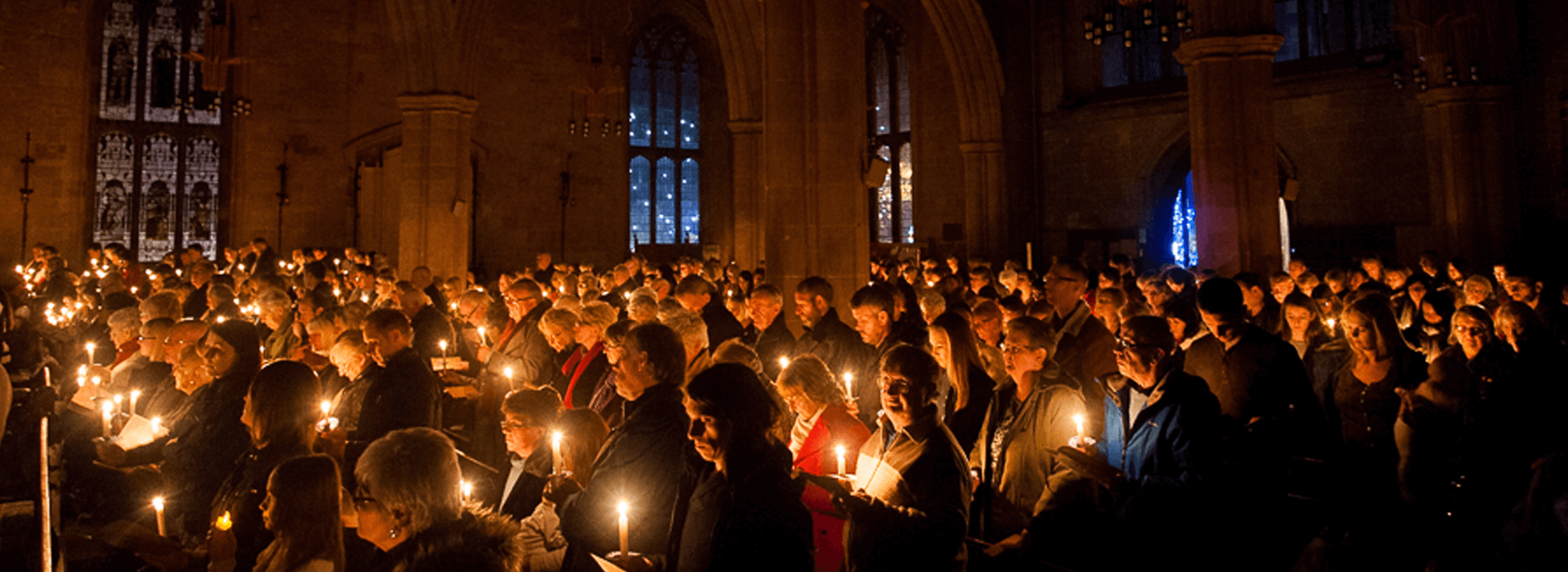
The Motivation Behind Cremation
The motivation for cremation has evolved over the years. For most of the second half of the twentieth century, cremation was the philosophical choice for those desiring to leave a smaller environmental footprint. At the dawn of the twenty-first century the motivation for cremation evolved. By the start of the Great Recession two new motivations arose. With the introduction of direct cremation, convenience and cost became the driving forces behind cremation. As American society moves to a post-pandemic work, motivations are evolving again. By exploring this evolution, one can see where we are heading.
Environmentalism and Cremation
The environmental movement of the 1960’s created the drive to reduce the human impact on our world. Cremation became and extension of this movement. Cremation was, and still is, viewed as having a lower environmental impact than traditional embalming and burial. Environmental impact was the primary reason to cremate a body. Arguing that burning a body versus preserving the body with fluid and surrounding it with wood and concrete, “green thinkers” popularized cremation as a philosophical choice. As the country celebrated the new millennium, new motivations replaced philosophy as the reason to cremate.
The Economics of Cremation
In the early 2000’s Direct Cremation, a new twist on the process, brought economic choice to the forefront of cremation. With direct cremation, the family bypasses ceremony, transportation, and burial. Essentially, the family gives the body over to the company performing the cremation directly, and that company returns the cremated body in a temporary box after the process is completed. When the Great Recession hit in late 2007, money conscious customers flocked to this low-cost method of preparation. Not surprisingly from 2005 to 2015, the cremation rate jumped 16.2 percent, a greater increase than the previous 17 years combined.
According to a study conducted by funeralOne, 40.7 percent of those surveyed chose cremation because of lower cost (Penrose). This was the number one reason cited. Today fewer people own life insurance policies or have retirement pensions or plans, the traditional sources for funding funerals and memorialization. Therefore, an inexpensive process that lowers the cost of death becomes appealing for families who are left to pay end of life costs out of pocket. Another, more concerning motivation is at play as well: In a world that seems focused more and more on self, family members often view the estate of the newly deceased as a cash grab, and work to maximize the amount of money leftover following death planning.
Whether frugality or selfishness, economics is the major driver behind choosing cremation. Initial pricing for direct cremation was thousands of dollars cheaper than the average traditional funeral service, but as many discovered, came with absolutely nothing else. There were no services, ceremony, or celebrations that a traditional funeral service would offer.
Taking the Easy Path
Money is not always the primary motivating factor in choosing cremation. Convenience, limited choices, and carrying the cremated body home for future disposition decisions made up the next three motivations for cremation. A full 60 percent of respondents liked that cremation provided fewer choices (20.1 percent), allowed for a scattering option (24.3 percent), or gave the family the opportunity to keep the cremated body at home (14.8 percent). Combined, these motivations share the common thread of making the difficult decision-making process tied to death, easier. Time sensitive decisions involving a viewing, embalming, and burial do not apply.
Meaningful ceremonies that are difficult to plan while death is fresh and physical separation from the deceased can be postponed or avoided all together when choosing cremation. Essentially, cremation can delay the inevitable grieving process steps by giving the bereaved a way to “kick the reality of death down the road.”
Articles discussing the potential disastrous consequences resulting in this mindset, include “Helping Families Confront a New Reality,” and “How Living with Cremated Remains Brings to Mind Social Distancing.” Many people do find solace in new forms of celebration and expression. However, understanding the motivation behind these decisions will ensure that the right choices are made for the right reasons. Nothing makes this clearer than the COVID-19 Pandemic, forcing an evolution in cremation thinking yet again.
Cremation in a Post-Pandemic World
The light at the end of the pandemic tunnel is visible now. During the past year families have rediscovered many things. Family time, the importance of personal relationships, the pain of separation, and the need for ceremony. As society grinds back towards a version of normal, we now understand how important interrelationships are. The next evolution in cremation thinking is not about choosing or not choosing cremation, it is about the choices that surround it.
Being robbed of so many things over the past 12 months, people now appreciate the importance of gathering and ceremony. Direct cremation is being replaced with a better experience. Families now choose to have viewings prior to cremations, gatherings to remember the dead, and final resting places using permanent memorialization. Again, the desire to cremate for cost and convenience has not changed, but the outlook on the importance of communal grieving has.
Our world has lost so much during the pandemic, yet we have also gained insight into what is truly important. From and end of life perspective, we now understand how important it is to grieve together, remember together, and find a final resting place for those we have lost.
Throughout this blog series, we have discovered the myths, methods, and motivations associated with cremation. As we move beyond our current separation, fear, and reality of so many lost we will evolve to realize what is important. May cremation be viewed as only form of preparation, and not the end for those we love. We owe our lost loved ones and ourselves that next evolution.
Penrose, K. (2016, March 11). Why families choose cremation over traditional funerals. https://blog.funeralone.com/funeralone-products/f1connect-website-platform/why-cremation-over-traditional-funerals/.
